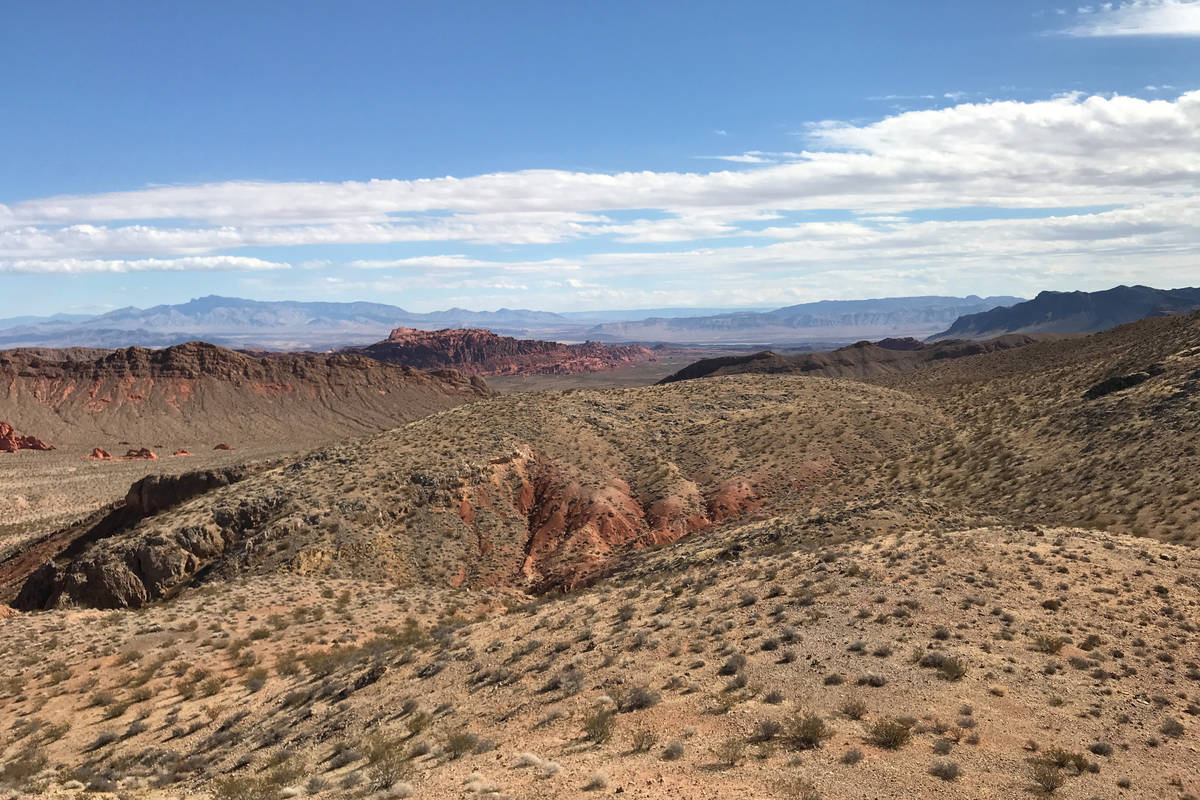Scouting the hunting area key to having successful hunt
“I must be living right,” declared my good friend in a text message a week or so after we discussed the negative results of his 2021 Nevada big game tag applications.
When someone uses that phrase, what they are really saying is, “Boy am I lucky!” But given that my friend had been unsuccessful in the draw, his declaration left me momentarily confused.
How does one feel lucky after that? Then I read what my friend had pasted above his assertion and responded, “Must be!!”
In the few days between publication of the draw results and my friend’s text message, someone had already returned their muzzleloader deer tag and he was the lucky beneficiary of that action. The notification of his good fortune came in an email that read “Congratulations! … this email is to inform you that after a tag was returned by another hunter, you were the first alternate in line, and are thus now awarded a Nevada Mule Deer Tag for 2021.”
By now many of us probably know someone who has benefited from their selection of the alternate “box” during the tag application process, which basically places one in line to receive a tag returned by another applicant. So why not choose the alternate box?
With his 2021 alternate deer tag on its way, my friend joins the other lucky souls who were successful in drawing one of Nevada’s coveted big game tags. Which means he has until September to do his homework and make the necessary preparations.
Luckily, he is an experienced hunter and quite familiar with his chosen hunt area, having hunted it across the three seasons — archery, muzzleloader and any legal weapon — in years past. But what about those who are new to hunting or simply new to hunting in Nevada?
Though some may consider it to be stating the obvious, one of the first steps toward preparing for a hunt is getting to know the area you will be hunting. If you are like my friend and are already familiar with your hunt area, consider yourself lucky. If not, make the most of the opportunities you have before the season begins.
While scouting for animals, travel routes, food and water sources is all part of the process, early on focus on things like learning access roads and wilderness area boundaries. Both can significantly impact your hunt. Take the time to figure out distances and calculate travel times between landmarks. Such details can make or break a cold morning hunt in October.
In-person scouting forays provide you with a first-hand look at the terrain within your assigned hunt area. If your days as a human mountain goat are over, this is the time to find country more suitable to your physical abilities. On the other hand, if you are looking for a backcountry experience, this also is the time to find possible access routes.
Though hunting is legal in most of Nevada’s wilderness areas, the use of any mechanical means of conveyance is restricted to designated routes. No cross-country travel is permitted with a vehicle or even a game cart. Your only options there are to use horses or burn boot leather. So if you are not physically prepared to haul a game animal out on your back, shift both your scouting and hunting focus elsewhere.
As the months go by, game animals are going to adjust to changing weather conditions and seasons. Elk will move up and down in elevation, for example, and mule deer will migrate to winter range. In other words, animals you see in one location during July, August or even as late as September may be miles away come mid-October.
Be prepared to make the necessary adjustments.
Freelance writer Doug Nielsen is a conservation educator for the Nevada Department of Wildlife. His “In the Outdoors” column is not affiliated with or endorsed by the NDOW. Any opinions he states in his column are his own. Find him on Facebook at @dougwritesoutdoors. He can be reached at intheoutdoorslv@gmail.com.






















